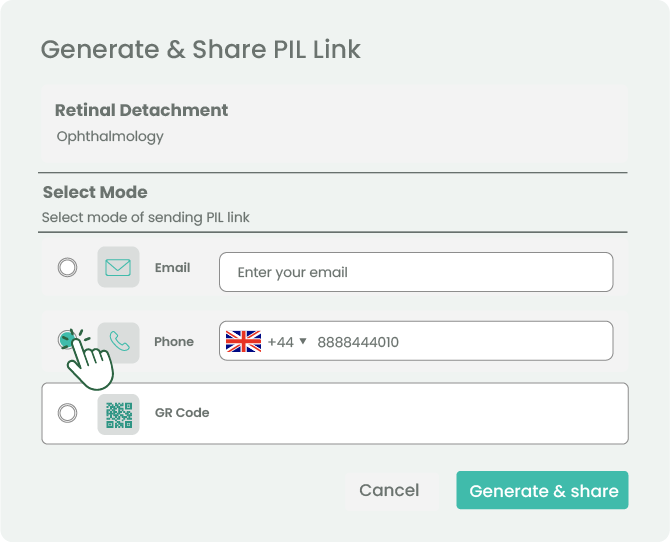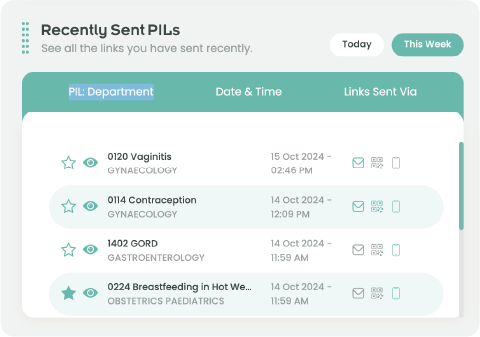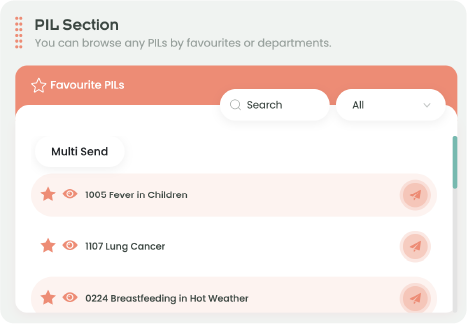In today’s healthcare landscape, patient education is not just a supportive service—it’s a cornerstone of effective, cost-efficient care. By empowering patients with knowledge about their health, conditions, and treatments, healthcare providers can improve patient outcomes, enhance satisfaction, and reduce healthcare costs.
Why Patient Education is Essential
Patient education equips individuals with the information they need to make informed decisions about their health. Educated patients better understand their conditions, treatment options, and preventative measures, leading to greater adherence to care plans and a proactive approach to health management. This ultimately results in fewer complications, reduced hospital readmissions, and better overall health outcomes.
For healthcare providers, educated patients mean fewer misunderstandings, a smoother treatment process, and stronger patient-provider relationships. Patients who understand their care plans are more likely to ask questions, follow recommendations, and engage actively in their health journey, leading to better cooperation and increased satisfaction.
The Role of Healthcare Professionals in Delivering Patient Education
Healthcare professionals are central to patient education, translating complex medical terms into clear, actionable advice. By leveraging both face-to-face conversations and supplementary materials like visuals and pamphlets, healthcare professionals can ensure that patients truly comprehend critical information. This personalized approach fosters trust, making it easier for patients to share concerns and participate in their care.
When healthcare professionals prioritize patient education, they contribute to a culture of informed patients who can actively participate in their own care, leading to better health outcomes and greater patient loyalty.
The Economic Impact of Effective Patient Education
Beyond individual benefits, patient education also offers significant economic advantages for healthcare systems. Studies show that patient education can reduce preventable hospitalizations, emergency department visits, and costly interventions. For instance, chronic disease management education—particularly for conditions like diabetes, heart disease, and asthma—has proven to decrease healthcare costs substantially.
A *Health Affairs* study found that engaging patients through education and shared decision-making reduced costs by approximately 5.3% per patient. The *Centers for Disease Control and Prevention (CDC)* also reports that preventive education, which encourages lifestyle modifications and early intervention, generates substantial cost savings. By fostering self-management skills, patient education lessens the need for high-cost interventions, improving health outcomes and relieving financial pressure on healthcare systems.
In the case of diabetes management, for example, patient education programs have shown to save up to $1,000 per patient annually by reducing hospital admissions and emergency visits, according to *The American Journal of Managed Care*. These economic benefits underscore the value of investing in patient education as a cost-effective approach to managing chronic diseases.
Advantages for Healthcare Systems
Investing in patient education benefits healthcare systems by alleviating the strain on resources and improving care efficiency. Educated patients are less likely to visit emergency rooms or require repeated hospitalizations, helping healthcare providers manage demand and reduce overall costs. This allows healthcare facilities to focus their resources on providing high-quality care where it’s needed most.
Furthermore, educated patients who understand their treatment plans and healthcare options are more likely to experience positive health outcomes, enhancing the quality of care and boosting patient satisfaction scores. With patient-centered education, healthcare systems can increase the value of their services, improve outcomes, and strengthen patient loyalty.
Prioritizing Patient Education for a Healthier Future
To truly integrate patient education, healthcare organizations must recognize its long-term value and allocate resources to make learning accessible, clear, and practical. From visual aids and accessible written materials to tailored educational sessions, effective patient education supports a culture of health literacy and informed decision-making.
Ultimately, the impact of patient education goes beyond individual benefits, leading to healthier populations and more sustainable healthcare systems. By prioritizing patient education, healthcare providers can create a proactive, cost-efficient care model that improves outcomes for all.





